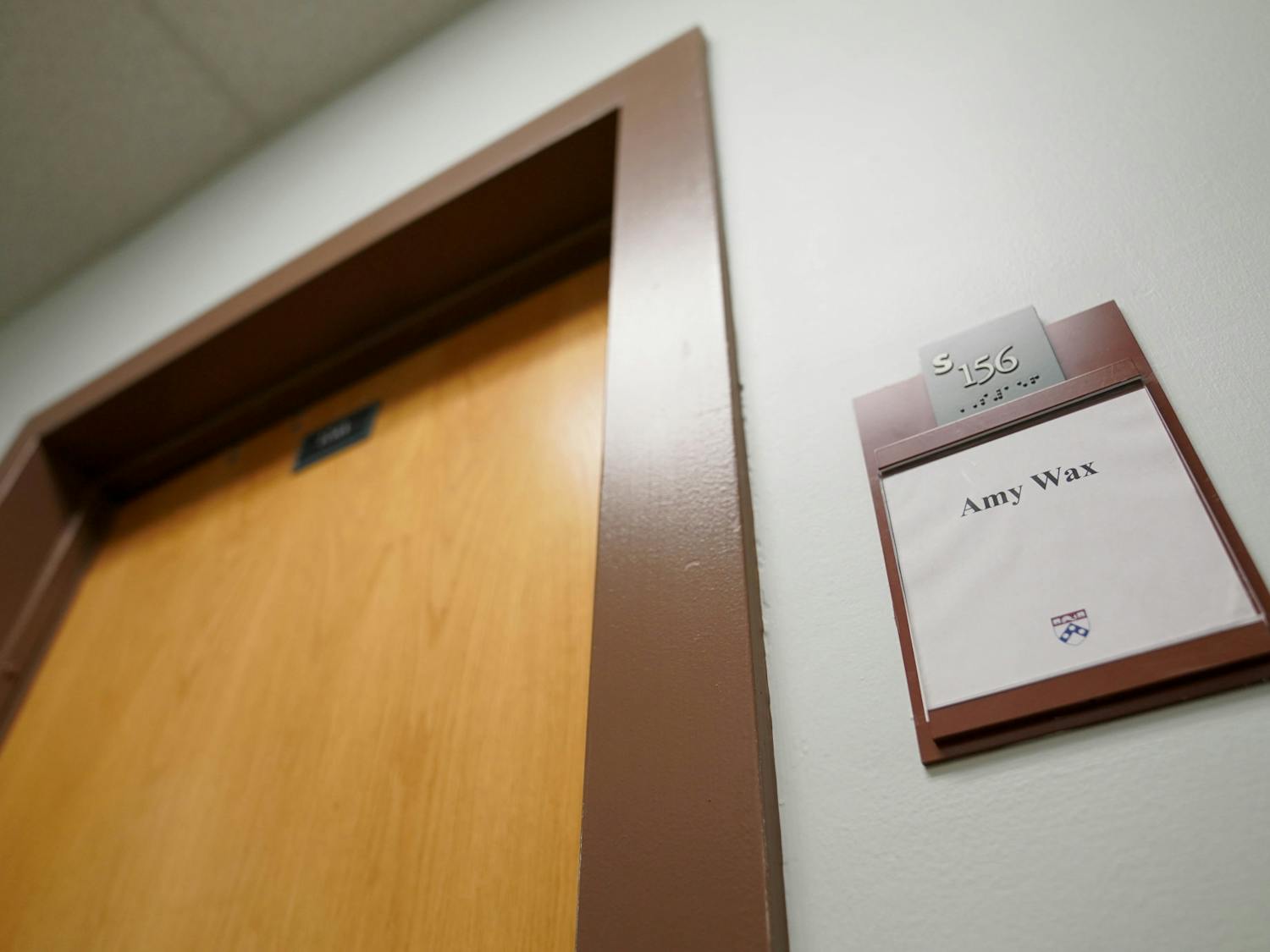A new study suggests that investing in information technology can mean more money for hospitals, but Penn officials say patient safety is incentive enough for them.
The study, published in this month's Journal of Healthcare Management, indicates that hospitals which invest more in IT are generally more profitable. It is the first to show such a correlation.
Penn officials, however, say potential financial benefits don't drive University investments.
"It's not my impression that UPHS is looking to configure the system to maximize reimbursement," said Richard Bryson, a Hospital of the University of Pennsylvania administrator.
He added that "the safety of the patient is the primary objective" driving Penn's health IT adoption.
Penn adopted its first IT system to transmit physician orders to the hospital's pharmacy and lab in 1997.
Just over a year ago, the health system replaced this system with a more modern one.
The next major objective is to expand the electronic version of the paper chart traditionally used to track a patient's medical history and treatment.
This initiative comes at a time when the issue is receiving national attention. President Bush has mentioned healthcare IT in his last three State of the Union addresses.
A spokesperson for Aetna Inc. said the insurer is "particularly impressed with how UPHS is using its IT resources to promote patient safety."
National Health IT Coordinator David Brailer, a Penn alumnus, is working to make patient records transmissible between hospitals and doctors' offices, though this goal is an extremely long-term one.
Despite being ahead of most other hospitals, Penn still has much that it plans to do.
Ultimately, it hopes to integrate in-patient and out-patient records. Penn currently has separate systems for the two types of patient because no single vendor provides the best software for both.
Bryson estimates this goal is three to five years away.
"That's really a long-range goal," he said.
But even once Penn has an integrated patient records for its teaching hospitals, it will still not be able to share these records with other hospitals across the nation.
In order to share records nationwide, other hospitals would need to match Penn's IT standards.
"One healthcare provider doesn't connect those islands of automation," said Barry Silverman, an Engineering professor who works on health IT issues.
He compared the problem to online undergraduate services.
"You go one place to register for courses and another for Blackboard," he said. "All those different parts don't talk to each other. It's a pain."








